Azure Cosmos DB
The solution is using CosmosDB to store Users and Telemetry coming from the different devices/assets
CosmosDB is fast and easy to maintain for noncomplex solutions. The main use here is for very simple data structure and for mass data allocation. Since we are getting data from this DB in real time, so we need to send a lot of requests in very short time ranges. Since CosmodDB is DocumentDB based so it handles these kinds of situations smoothly.
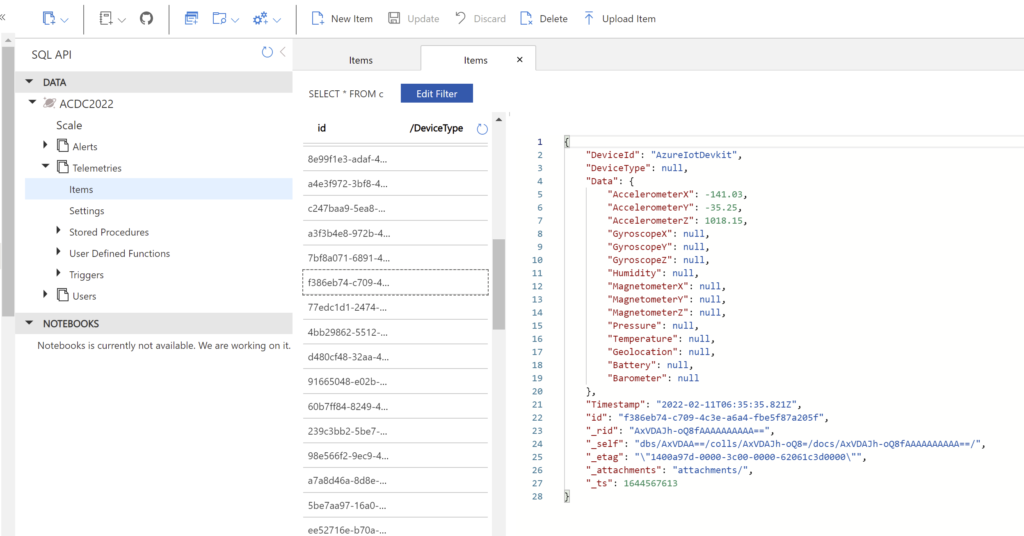
Azure WebApplication
We have created a web application as the user interface to keep track on the assets. The web applications is based on .Net Core 6 with React/TypeScript. We have implemented some of the main .net core features as:
– Entity Framework: To connect in a simple way to CosmosDB
– Controllers: As API endpoints
– Azure KeyVault Provider: As a provider, the same as an appsettings file. This protects all of the secret variables like codes, keys, connection strings and so on.
– Session: To create an encrypted cookie (Https, SameSite) to keep the session alive
– Cors: to prevent other origins to send requests to the BackEnd
– Dependency Injection: To inject all different services to the solution, including custom services and custom repositories.
– Hub: To connect to the SignarlR applcation
Azure Maps
Azure maps is used to track the geo location for all different assets. It will show the position of all assets in real time with the help of Signal R.
We have given a little bit of extra styling to the pointers and added some of the out of the box controls.
Azure Signal R
We have implemented Signal R to open a websocket for real time communication. The main idea was to avoid so many common http requests to the backend which is not so good when it comes to performance and security.
The front end sends requests to the Hub and it immediately gets a response so the data is always fresh and new. This is the way we keep track on the assets by getting all the telemetry/data needed from the Cosmos DB.














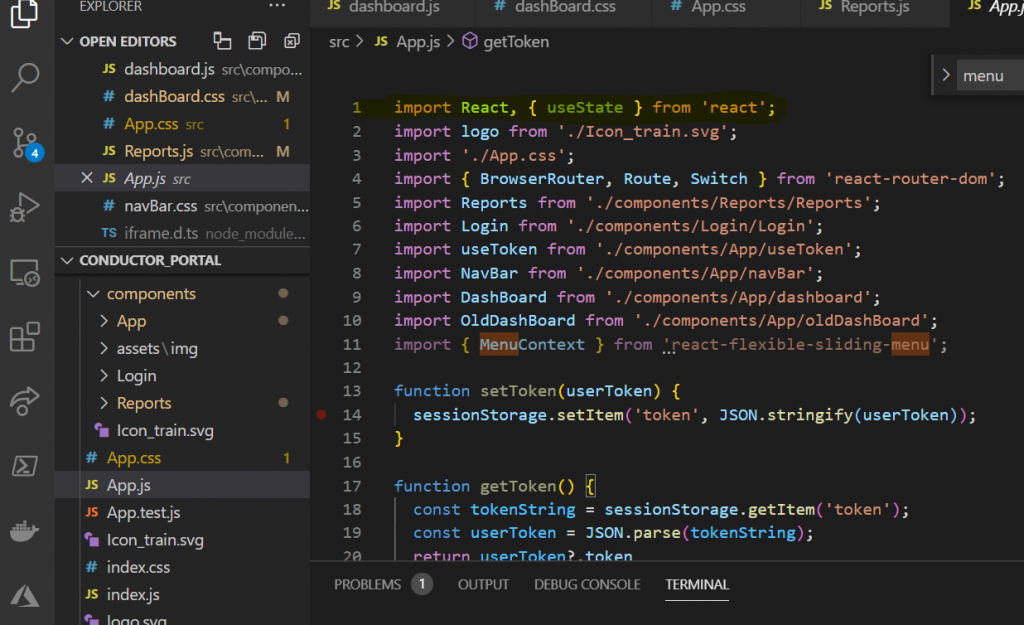
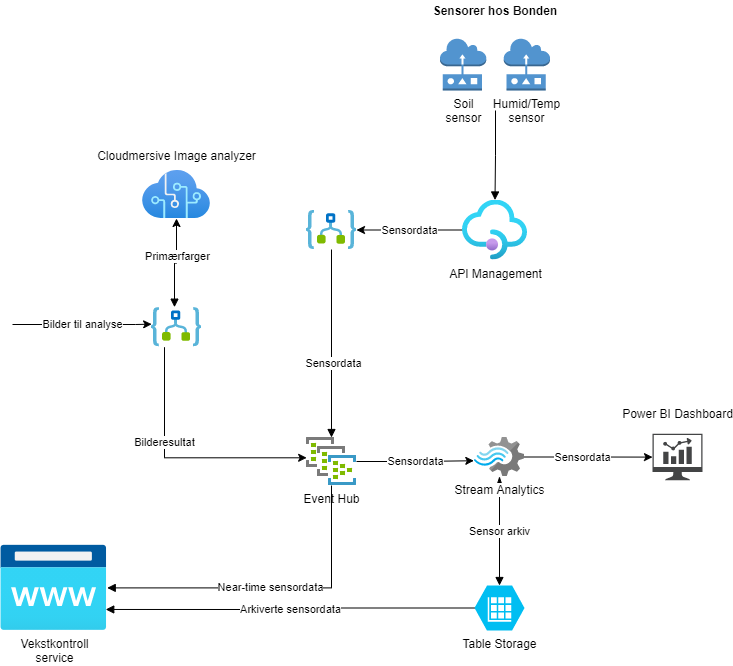
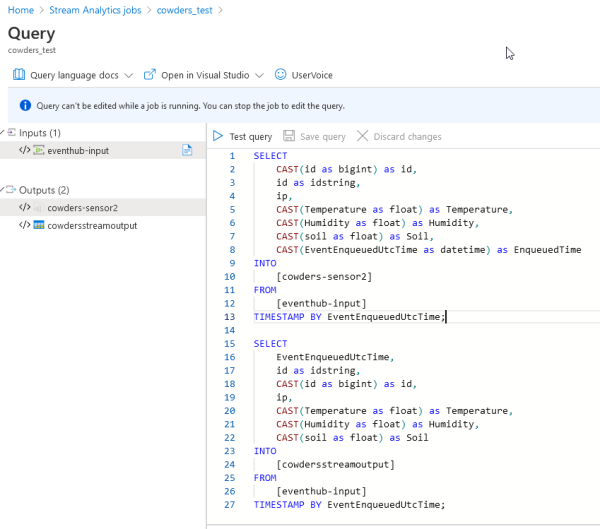


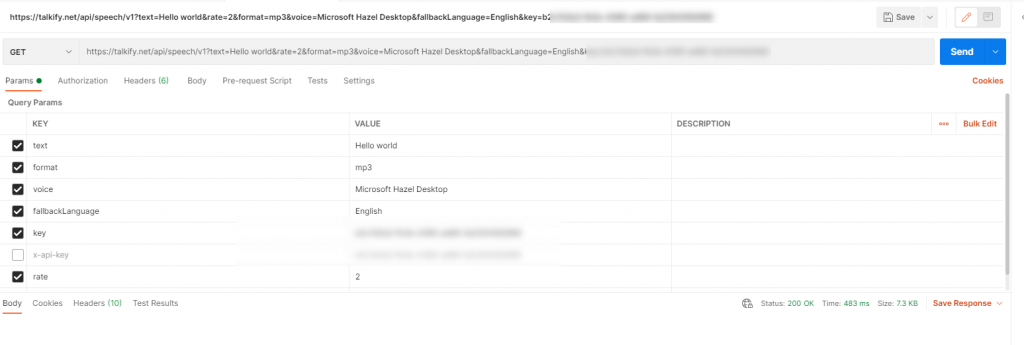
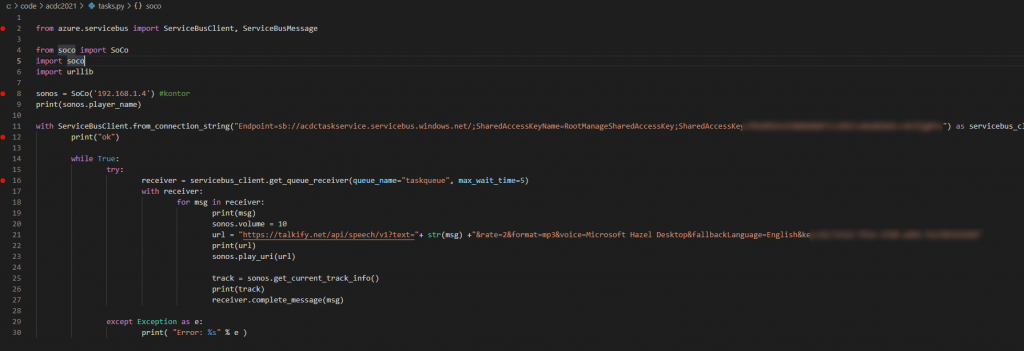
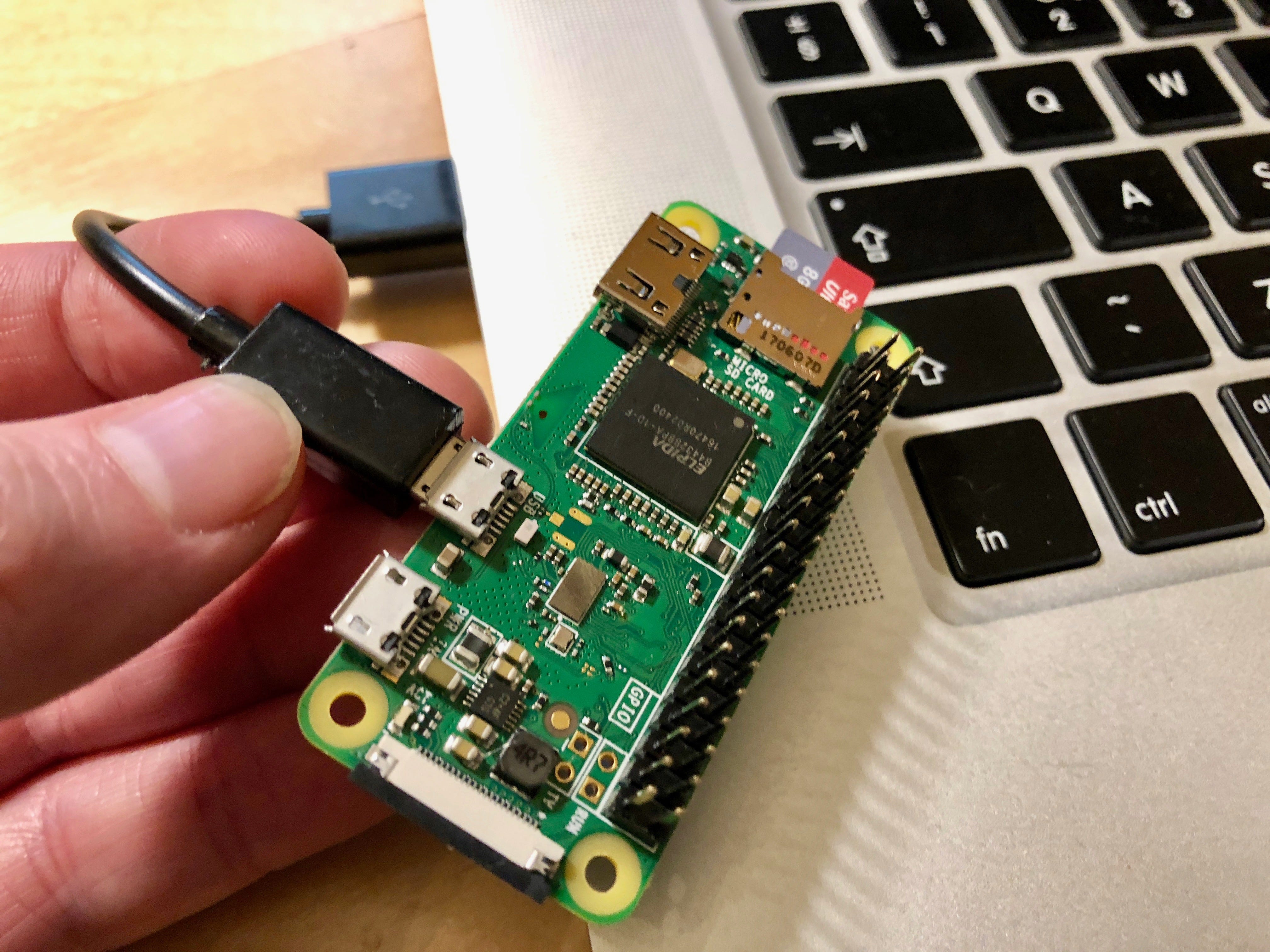
/cdn.vox-cdn.com/uploads/chorus_asset/file/19123665/dseifert_190826_3622_0009.jpg)